
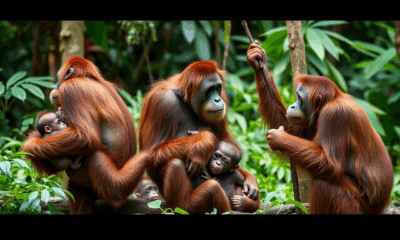

Sumatran orangutan mothers differ from one another in how they behave with and take care of their infants and how flexibly they adjust their mothering behaviors...
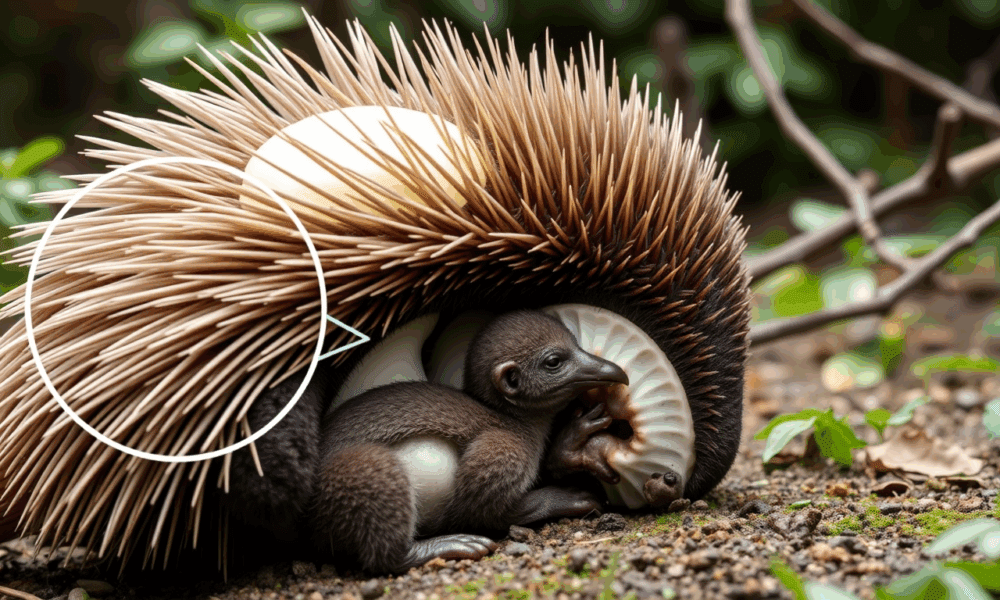
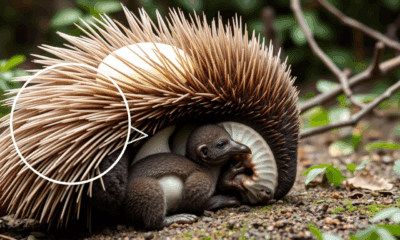

Research shows microbial communities in echidna pseudo-pouches undergo dramatic changes while the animal is lactating, which could help in creating an environment for their young, known...
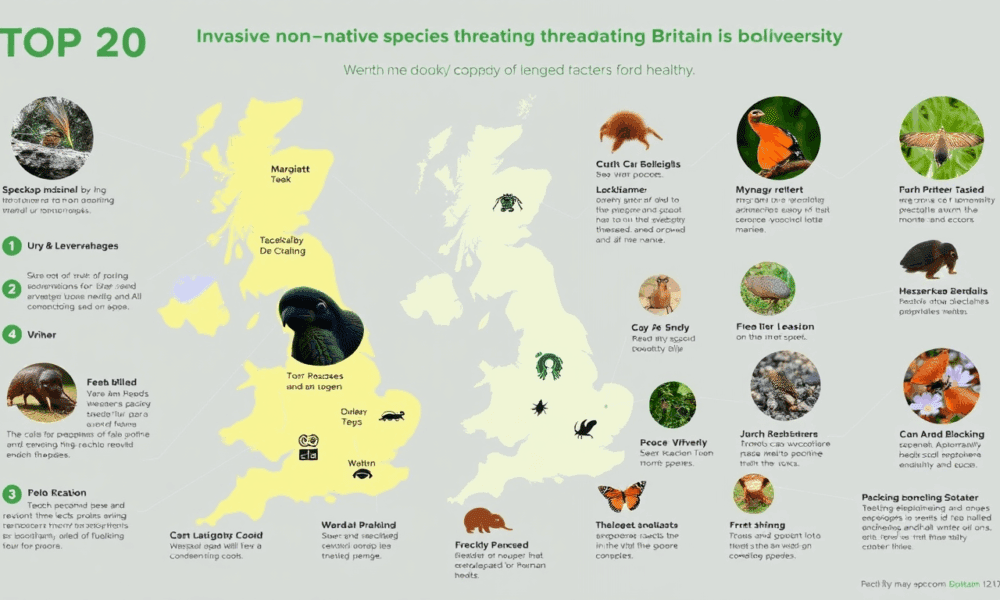
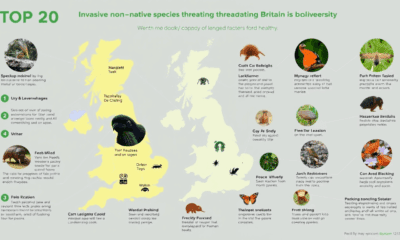

Pink salmon, Purple Asian clams, marine invertebrates that form spaghetti-like colonies and a nematode worm that causes extensive deaths of trees are among the new entries...

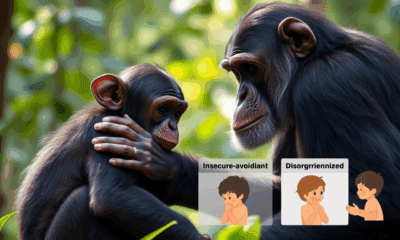

A team of researchers has identified distinct mother-offspring attachment types in wild chimpanzees (Pan troglodytes verus). Drawing parallels with human psychology, the study provides compelling evidence...
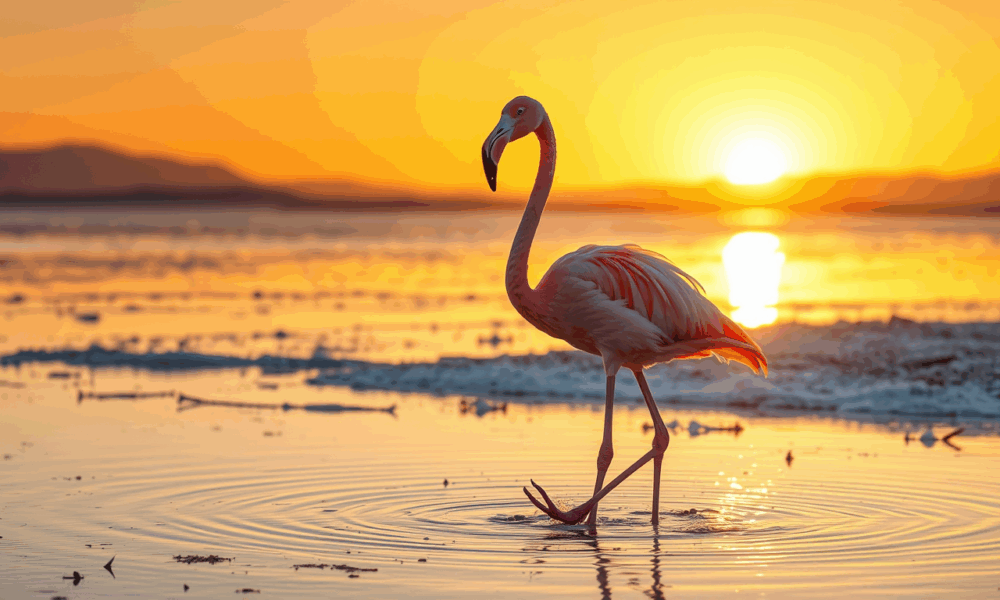
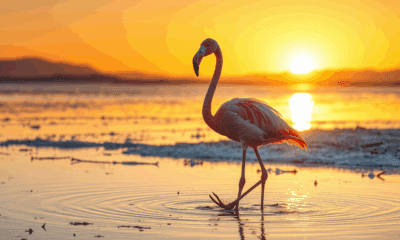

Flamingos have developed an amazing variety of techniques to create swirls and eddies in the water to concentrate and eat brine shrimp and other organisms, a...
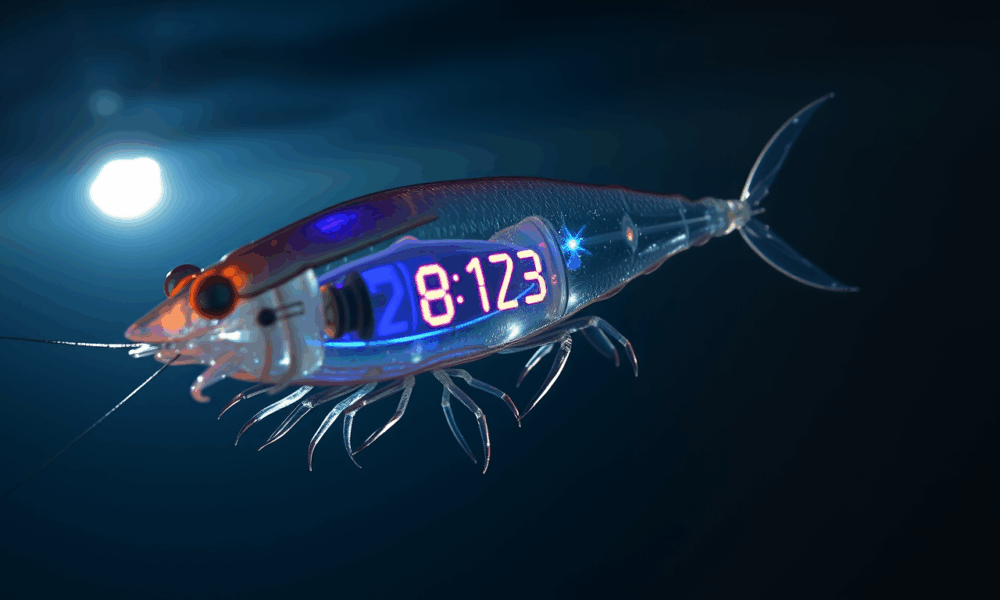
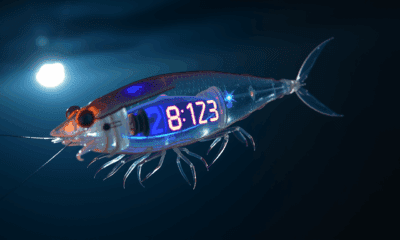

Antarctic krill do not only react to external environmental influences such as light or food. They also use their internal clock to adapt to the extreme...
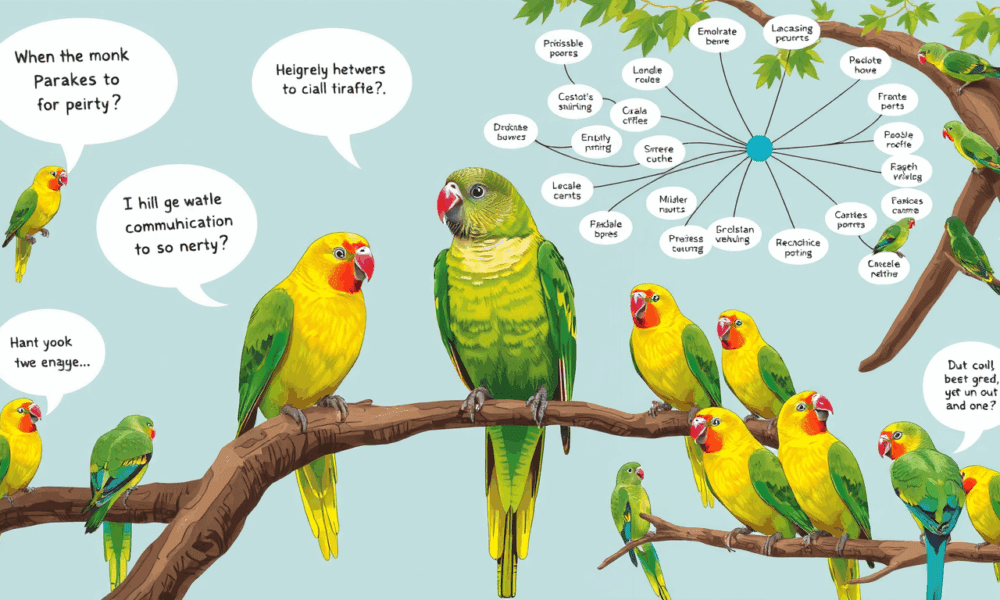
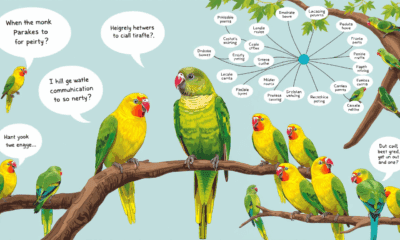

For social animals, communication is a key that unlocks the benefits of group living. It's well known that animals with more complex social lives tend to...
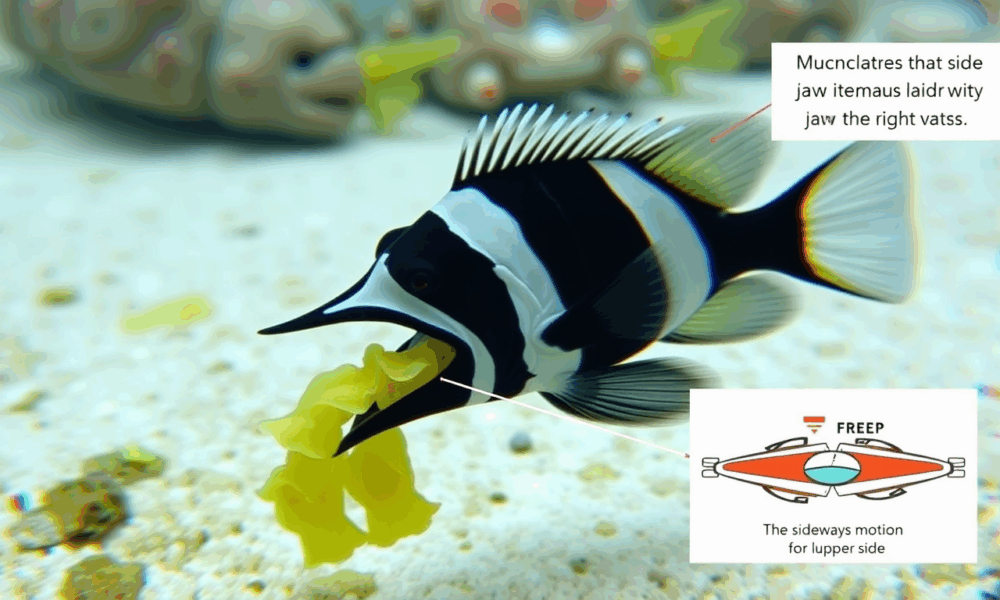
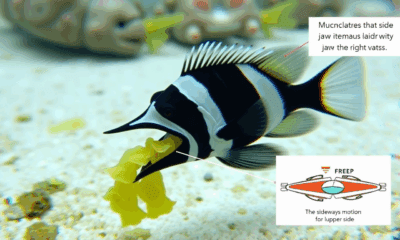

Some reef fish have the unexpected ability to move their jaws from side to side, biologists have discovered. This ability -- which is rare among vertebrate...
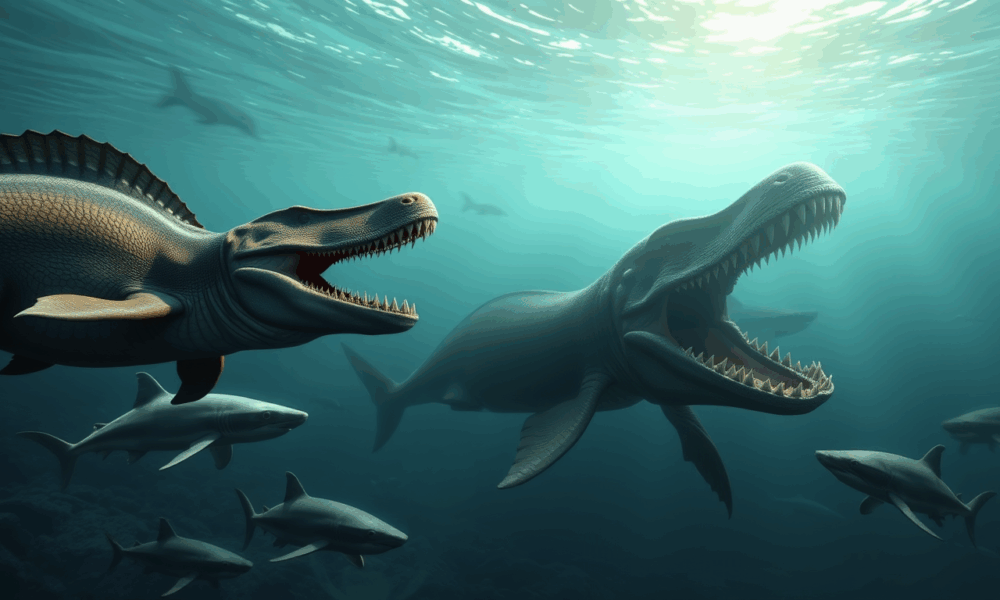
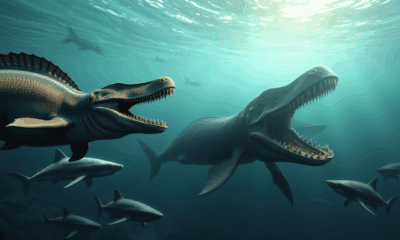

The highest trophic niches in Mesozoic oceans were filled by diverse marine reptiles, including ichthyosaurians, plesiosaurians, and thalattosuchians, dominating food webs during the Jurassic and Early...
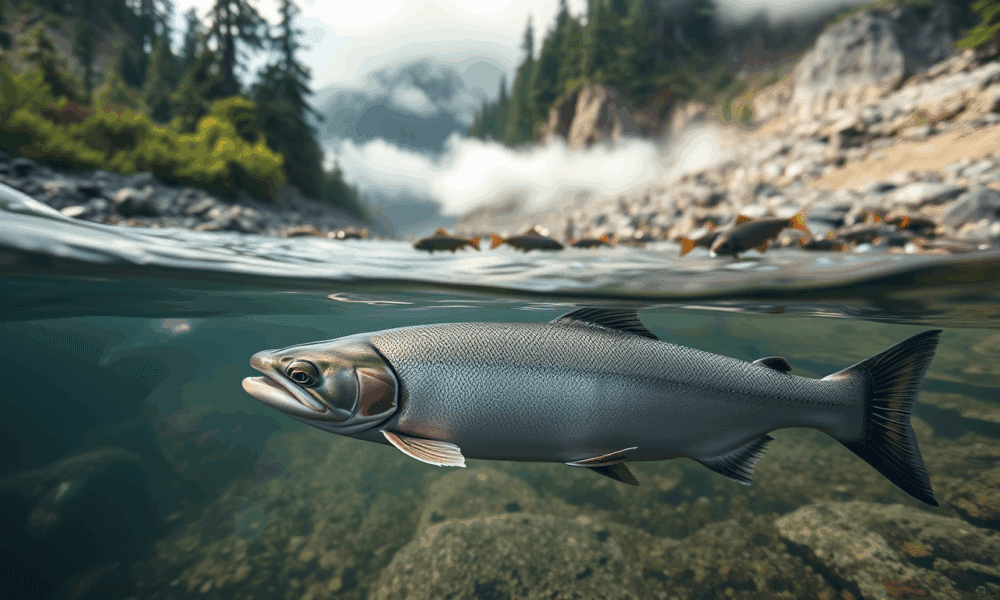
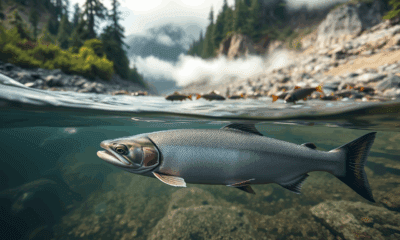

The well-known salmon life cycle has long been described as going only one way at a time. Juvenile salmon hatch and swim down rivers to the...